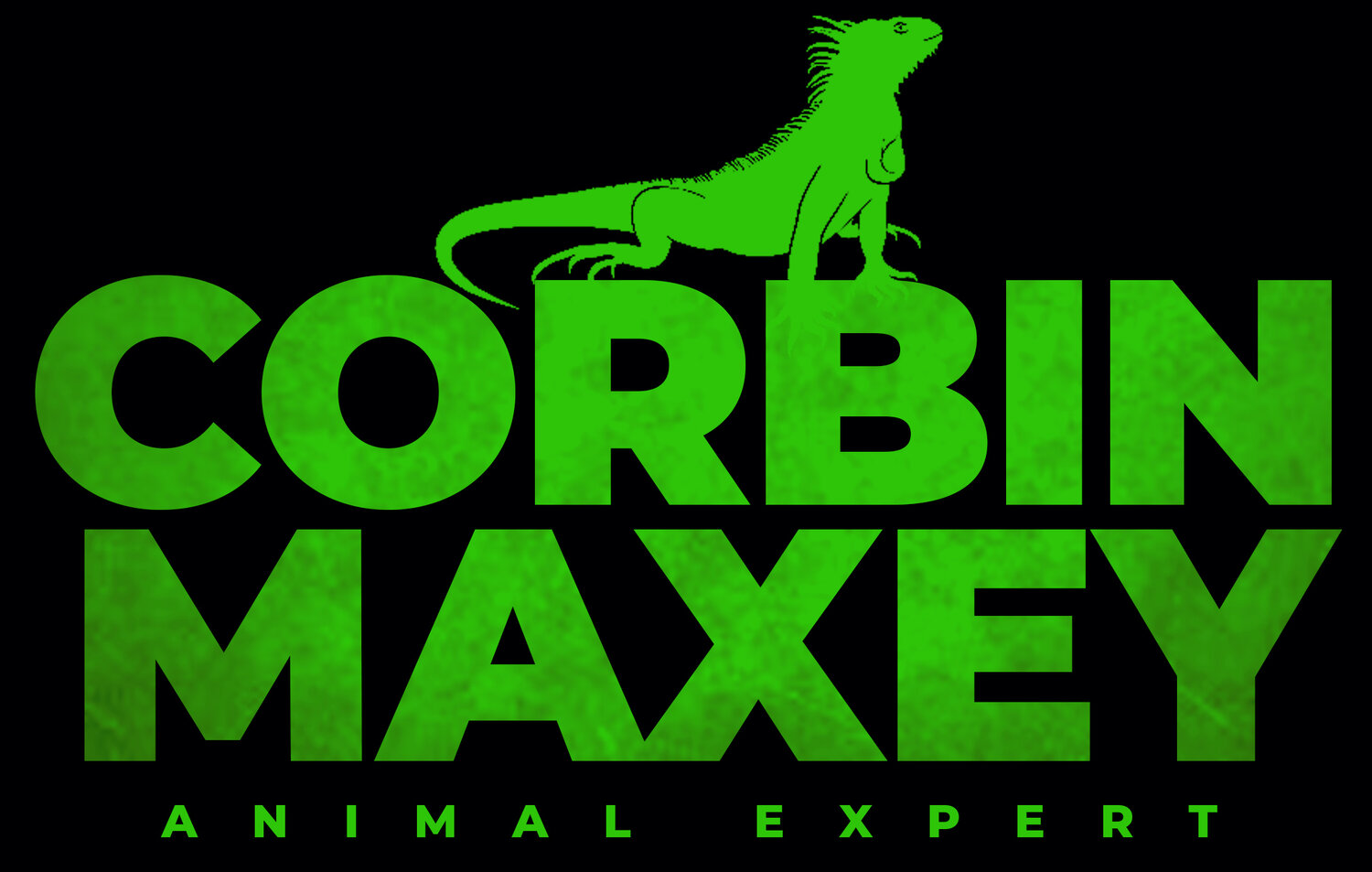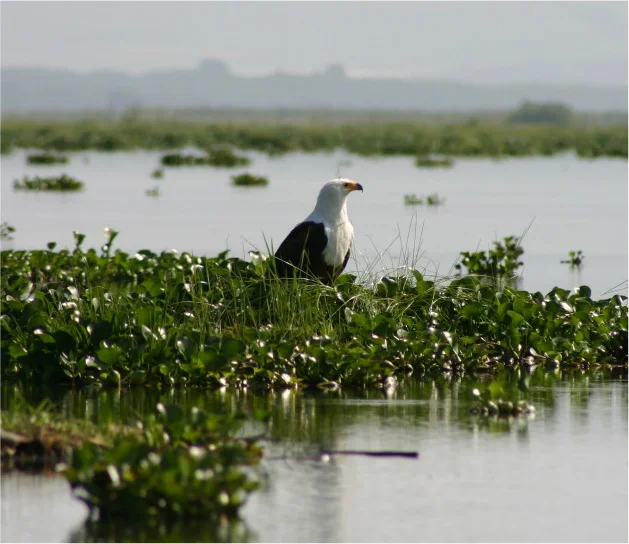 There is something unique about Kenya’s Lake Naivasha. I can’t exactly put it into words but I can tell you as we embarked in the early morning none of us knew what to expect. Images flashed in my mind of African Fish Eagles and hundreds of hippos. Would we successfully feed the eagles? Would we see a hippo? We would soon find out…
There is something unique about Kenya’s Lake Naivasha. I can’t exactly put it into words but I can tell you as we embarked in the early morning none of us knew what to expect. Images flashed in my mind of African Fish Eagles and hundreds of hippos. Would we successfully feed the eagles? Would we see a hippo? We would soon find out…
Scientists have been studying the African Fish Eagles since the 1970’s. They are a keystone member of the ecosystem and are great indicators of the environment. Dr. Munir Virani and his team have been surveying them since 1994. They lure the eagles in by throwing bait into the water and hope to successfully capture the eagles taking the bait via camera. They can then identify certain individuals and keep a tally of the eagles that call the lake home.
There was only one problem. The lake was exceptionally high. Due to the heavy rains the lake rose several feet and prevented boats from departing into its waters. The eagles had not been fed for a few months and many lost their knack during this time for taking bait. Luckily the heavy rains stopped and we were able to venture out into the lake. But would we successfully bait an African Fish Eagle?
Not an eagle but still equally impressive! Pelicans are quite numerous on Lake Naivasha.
Behind me is Hippo Point where there are no hippos to be found! The occurring joke throughout the afternoon was “where in the world are the hippos?” It proved that the high waters not only affected observing fish eagles but also hippos!
To successfully bait the eagles you need fresh fish. This is where the fisherman came into play.
For a few hundred shillings they sold us two different types of carp. Carp along with tilapia and bass are fish that can be found in the lake. This came as a huge surprise to me. Carp are originally from Asia, tilapia are not native in Naivasha, and bass are from North America. What are they doing in Africa? It turns out that they were all introduced into the lake many years ago. Since their introduction they inevitably caused the extinction of all the native fish.
Here is another invasive species that was introduced: the crawfish. They were introduced into Lake Naivasha many years ago under the assumption that the locals could profit from consuming them. It turned out that the locals had no desire for them and the crawfish spread.
This is what you look for in the trees. White heads are the easiest way of identifying the African Fish Eagles. Once spotted the boat driver will come to a quiet stop. They then stand up and make a series of short high-pitched whistles to get the eagles’ attention. They then throw out a piece of the fish in hopes of luring in a successful capture.
There are problems with this though. A lot of the time gulls follow the boats in hopes of securing an easy meal.
While everyone else was scanning the trees I was scanning the water for my favorite African mammal: the hippo! I was elated when I finally saw the distinguishable pink head pop up from the water’s surface.
When we arrived back on the bank you couldn’t help but notice these large Black-and-white Colobus Monkeys. They primarily stay in the trees with groups made up of several individuals.
Our next stop on the adventure was a smaller lake that used to be part of Lake Naivasha many years ago, Lake Oloiden. On the way we saw several incredible species including these zebra right on the side of the road.
And a giraffe and her calf!
And a gnarly looking baboon!
Lake Oloiden is an alkaline lake that is home to giant flocks of the Lesser Flamingo.
Once we got there we just couldn’t keep our eyes off the birds!
Another perfect time for a photo op! After this we decided to film a segment…A behind-the-scenes secret is that for some reason I could not get my words right. The flamingo segment took over 10 takes to finally get perfected!
Here is rare glimpse of my professor Dr. Marc Bechard in front of a camera. He served as a mentor to me and was extremely helpful in identifying African wildlife. Here we are in a boat headed for the other side of Lake Oloiden where we were told there was a pod of hippos.
And indeed there was. I don’t know what it is about hippos but ever since I was kid I have been in love with them. To see them actually in the wild was mind boggling.
You can take a look at how graceful they look in the emerald green water. Hippos actually aren’t great swimmers, instead they walk or ballet on the lake bottom. This makes shallow lakes like this and Naivasha prime hippo habitat.
Why do hippos open their mouths? It turns out to be sign of dominance.
As the sun set we watched the hippo pod fade slowly in the distance. What a fantastic way to end such an incredible day in Africa. You can check out the full TV segment here http://www.kivitv.com/goodmorninglive/139974083.html




























































































